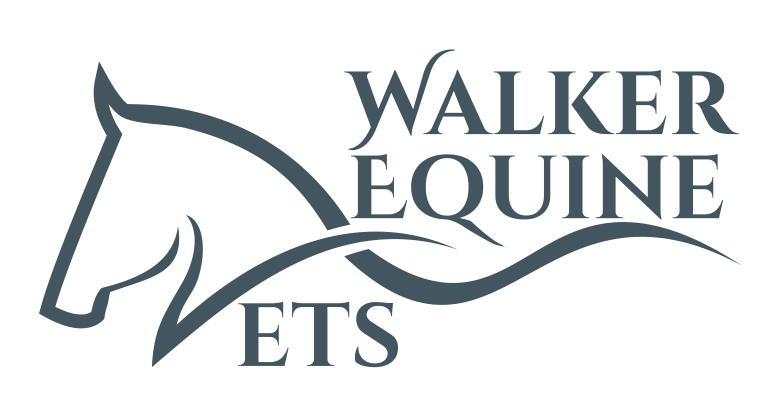VETTINGS – PRE-PURCHASE EXAMINATION (PPE)
Equine pre-purchase examinations (PPEs), or vetting’s, are carried out at the request of a potential purchaser (or agent), to determine, so far as is possible by clinical examination, whether the animal is suitable for the intended use.
The PPE provides an assessment of the horse at the time of examination, to assist the decision to purchase, or not and is an indication, not a guarantee, of a horse’s suitability for intended use. The examination is carried out in two or five stages (although all stages may not be completed if the horse fails the examination at one of the early stages).
Generally, the examination is carried out by a veterinary surgeon with no prior knowledge of the horse’s clinical condition and who has no access to the horse’s clinical records. Some information about a horse may be made available by the vendor.
What do you need to know before booking a vetting:
The horse must be fit to be examined, appropriately shod, clean and dry and have a valid passport present. Please inform us prior to the appointment if a problem arises with the horse between the examination being booked and the vet visiting.
The vetting is usually carried out at the vendors yard provided there are suitable examination facilities which must include:
– a dark stable in which to examine the eyes.
-a firm level surface for straight line walking and trotting.
-a firm level surface for in-hand trotting or lunging on a small circle.
-a suitable area for riding including strenuous exercise.
-a competent horse handler to handle and ride the horse.
A 5-stage pre-purchase examination takes 1.5- 2 hours and the 2-stage examination approximately 1 hour.
5 Stage PPE:
-
- Preliminary Examination: Identification of the horse and clinical examination including assessment of the eyes, teeth, heart, lungs, skin, limbs, hooves and body palpation.
- Trot Up: Walk and trot in-hand in a straight line and flexion tests, trotting in a small circle and possible lunging, turning and backing.
- Ridden: The horse is assessed whilst ridden, including strenuous exercise . This enables the horse to be assessed orthopaedically, as well as undergoing a cardiac and respiratory evaluation.
- Period of rest to monitor recovery: This may elicit any stiffness when the horse is re-examined at the 5th stage.
- Final trot up: This may include repeat flexion tests and possible lunging on firm and soft surface where appropriate.
A blood sample is routinely collected during the vetting. This is not normally analysed immediately, unless requested, but is stored for 6 months in a third-party laboratory in case further testing is required.
X-rays, endoscopy and ultrasound scans can be performed in addition to the clinical examination. It is worth noting that if you intend to insure the horse then you should speak with the insurance company prior to the vetting, as some companies will insist on pre-purchase x-rays depending upon the value being insured for.
2 stage PPE:
Under certain circumstances the purchaser may wish to have a limited examination involving only the first two stages of the vetting. Purchasers should be aware that this examination may not show abnormalities that may have been apparent on a 5 stage examination. We require all clients to complete a disclaimer acknowledging this fact prior to the appointment. We advise you to check that a 2 stage examination is adequate if the horse is to be insured.
Important consideration:
It is important to understand that pre-purchase examinations can be a stressful time for all involved. Both parties, the vendor and the purchaser, are very keen for the horse to be approved by the vet.
If a vet concludes that there is concern about soundness or other health issues, the PPE is not the time to undertake a thorough investigation into the problem. The vendor must later contact his or her own vet for an opinion.
We would recommend that after the pre-purchase examination, but before the purchase is completed, the purchaser should obtain insurance cover in case any exclusions affect your decision to buy. Although your horse may have ‘passed’ the examination for your intended purpose, it is possible for an insurance company to place exclusions for pre-existing conditions. It is also worth insuring your new horse prior to travel as many horses are injured either in travelling or soon after arriving in unfamiliar surroundings.
It is the purchaser’s responsibility, advised under the Trades Description Act, to obtain a signed warranty from the vendor if they feel that this is appropriate. This should cover areas such as freedom from vices, allergies, behaviour when shod or loading, past performance, past medical history and the administration of drugs prior to examination.
If you have any concerns or questions please talk to the vet that is going to examine the horse on your behalf.

